 A Circle of Quiet by Madeleine L'Engle
A Circle of Quiet by Madeleine L'Engle Series: Crosswicks Journals #1
Published by Open Road Media on November 29th 2016 (first published 1971)
Genres: Memoir
Pages: 245
Format: Kindle or ebook
Purchase: Amazon | Bookshop | Barnes & Noble | Audible | Chirp
Add to Goodreads

The beloved author of A Wrinkle in Time takes an introspective look at her life and muses on creativity in this memoir, the first of her Crosswicks Journals.
Every so often I need OUT. . . . My special place is a small brook in a green glade, a circle of quiet from which there is no visible sign of human beings. . . . I sit there, dangling my legs and looking through the foliage at the sky reflected in the water, and things slowly come back into perspective.
Set against the lush backdrop of Crosswicks, her family’s farmhouse in rural Connecticut, this deeply personal memoir details Madeleine L’Engle’s journey to find balance between her career as a Newbery Medal–winning author and her responsibilities as a wife, mother, teacher, and Christian.
As she considers the roles that creativity, family, citizenship, and faith play in her life, L’Engle reveals the complexities behind the author whose works—honored with the National Book Award, the Lewis Carroll Shelf Award, and countless other prizes—have long been cherished by children and adults alike. Written in simple, profound, and often humorous prose, A Circle of Quiet is an insightful woman’s elegant search for the meaning and purpose of her life.
I received a review copy of this book from .
Review
I read and reread Madeleine L’Engle’s A Circle of Quiet over and over in my 20s and 30s. In fact, I read all of her Crosswicks Journals during those years, as well as several of her other nonfiction books and, of course, much of her fiction. All of them influenced me, but A Circle of Quiet had the most profound impact.
Rereading it now, I’m struck by several realizations. First and foremost is how much the book influenced me: my writing style as much as my personal philosophy. I incorporated L’Engle’s liberal (but always deliberate) use of semicolons and colons into my own nonfiction writing; I subconsciously adopted some of her cadence and voice as well. A Circle of Quiet was my first encounter with a writer’s own thoughts on writing, on the creative process, on language. Her observations rang true to me then. Many of them still do.
As for my personal philosophy, I have never highlighted as many passages in any book as much as I did while rereading this one, and every highlighted section was an old friend: thoughts on writing, on creativity, on love, on faith. Some of them I remember copying out in my journals when I first read them; several adorn a small book of inspirational quotes I have collected and hand-lettered over the years. Here are just a few that struck me this time through:
We write alone, but we do not write in isolation. No matter how fantastic a story line may be, it still comes out of our response to what is happening to us and to the world in which we live.
Inspiration does not always precede the act of writing; it often follows it.
It’s all been said better before. If I thought I had to say it better than anybody else, I’d never start. Better or worse is immaterial. The thing is that it has to be said; by me; ontologically. We each have to say it, to say it our own way. Not of our own will, but as it comes out through us. Good or bad, great or little: that isn’t what human creation is about. It is that we have to try; to put it down in pigment, or words, or musical notations, or we die.
If it’s not good enough for adults, it’s not good enough for children. If a book that is going to be marketed for children does not interest me, a grownup, then I am dishonoring the children for whom the book is intended, and I am dishonoring books. And words.
A winter ago I had an after-school seminar for high-school students and in one of the early sessions Una, a brilliant fifteen-year-old, a born writer who came to Harlem from Panama five years ago, and only then discovered the conflict between races, asked me, “Mrs. Franklin, do you really and truly believe in God with no doubts at all?”
“Oh, Una, I really and truly believe in God with all kinds of doubts.”
But I base my life on this belief.
To be half a century plus is wonderfully exciting, because I haven’t lost any of my past, and I am free to stand on the rock of all that the past has taught me as I look to the future.
The second realization is that I am now two years older than L’Engle was when she wrote the book (at 52.) Reading it as a contemporary, rather than as a young person listening to a respected mentor, felt odd. Not because the book is different, but because I am. I’m more experienced, more confident, perhaps more pragmatic (even if I still don’t really know who I want to be when I grow up.) And yet I’m not that different from the person I was in those early adult years; the things I value and hold dear are still the same: family, faith, friendship, books, music, the life of the mind…
I first read A Circle of Quiet during my last year of college, and several more times during those years in which I was finding not only my role in the adult world, but also the faith that has sustained me through much of my life. L’Engle’s theology, as revealed through her thoughts on life, the universe, the knowable and the unknowable, appealed to me (and still does.) In some ways, it’s similar to the deceptive simplicity of C.S. Lewis. L’Engle accepts both mystery and doubt rather than insisting on certainty, but her faith is deep and strong; it permeates everything she is and does. And yet she’s never preachy. Her approach to both faith and life is simultaneously practical, compassionate, and openhearted.
That makes the book sound more like a theological treatise than a memoir, but it’s really not. It’s both memoir and journal, the sort of reminiscing and musing over both recent and long-past events that might occur in long, rambling conversations with a friend. L’Engle writes about her marriage, her children, Crosswicks (the house she and Hugh bought in Connecticut) and the years they lived in it. She writes about where she gets her ideas, about the relationship of truth and fiction, about love and friendship and loss, about what it means to be a writer, about the frustrating years when A Wrinkle in Time received rejection after rejection, and the joy when it was not only published, but won the Newbery Award. There’s nothing formal about the book, and it’s not at all chronological, but through it you get a wonderful sense of Madeleine L’Engle, the person.
And so in the end, rereading A Circle of Quiet was like sitting down to tea with a dear friend I haven’t seen in decades. I treasured the opportunity to reconnect with her, and with my younger self. If you love Madeleine L’Engle’s fiction, I hope you’ll take the time to get to know her through the Crosswicks journals, too.
Reading this book contributed to these challenges:
- COYER Blackout (2016-17)


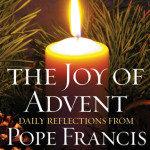
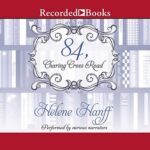
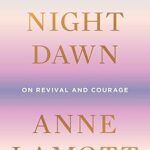
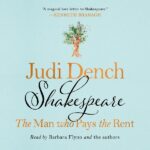
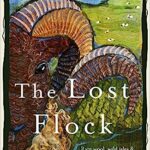







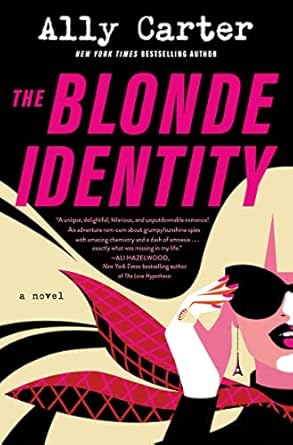
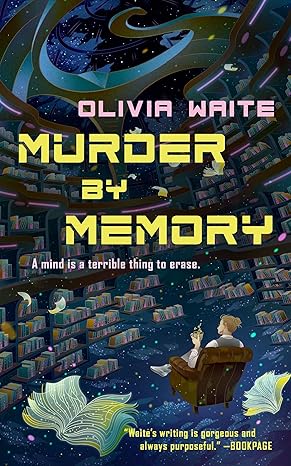
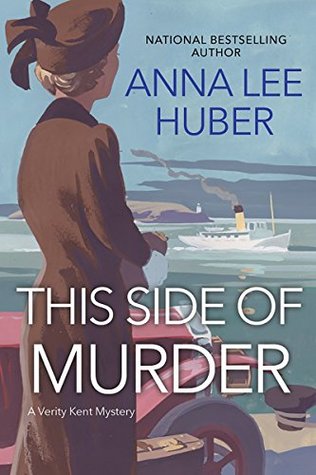
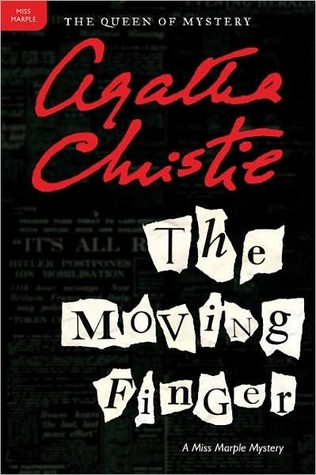
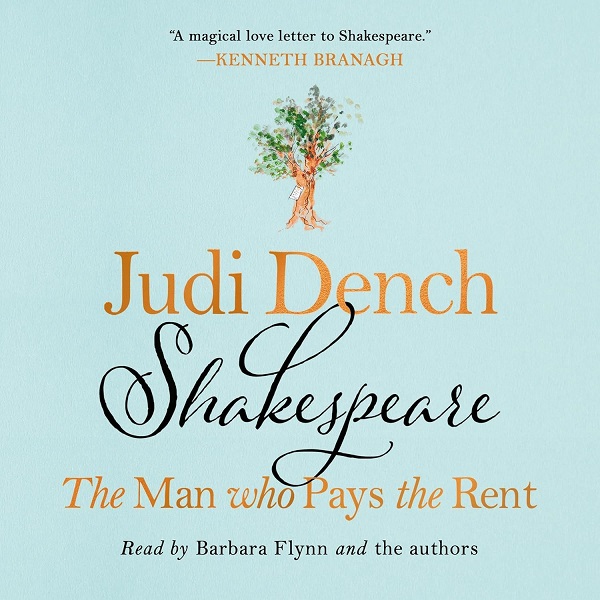
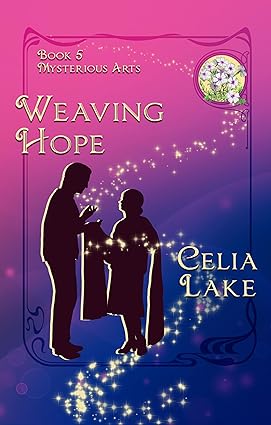
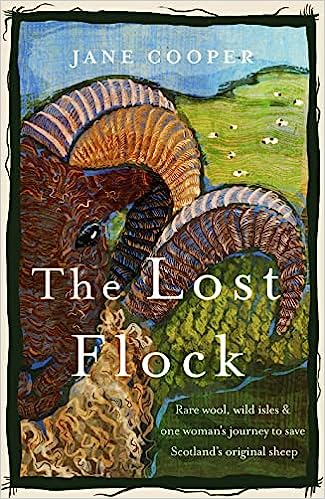
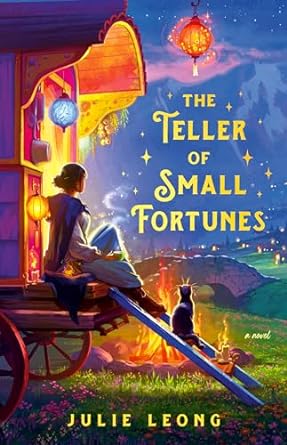
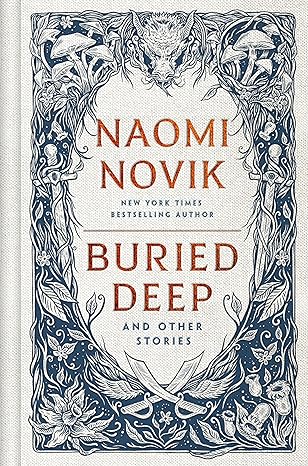
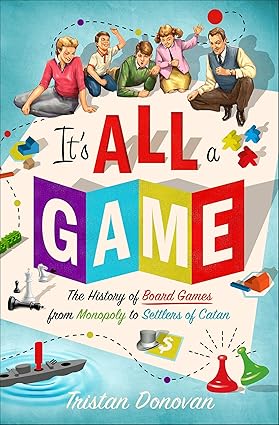
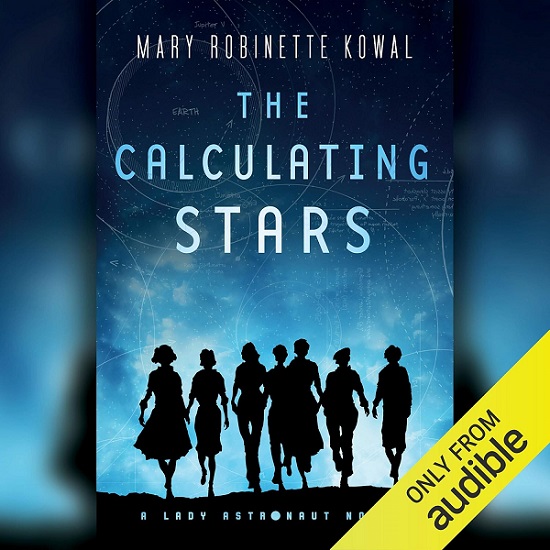
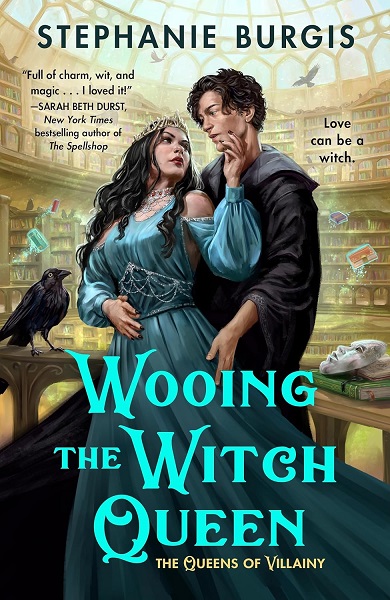
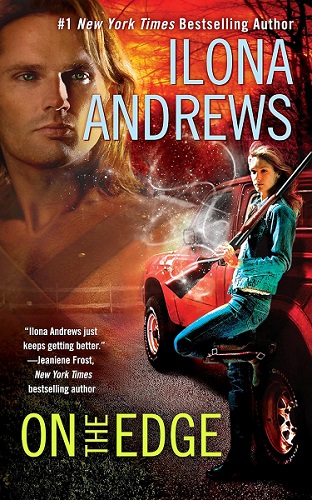
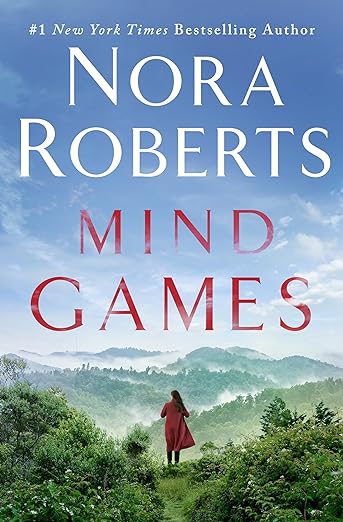
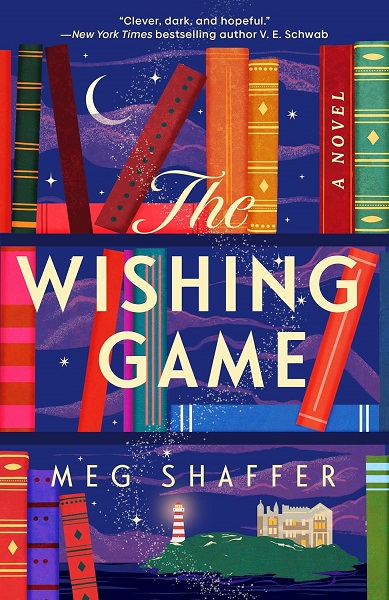
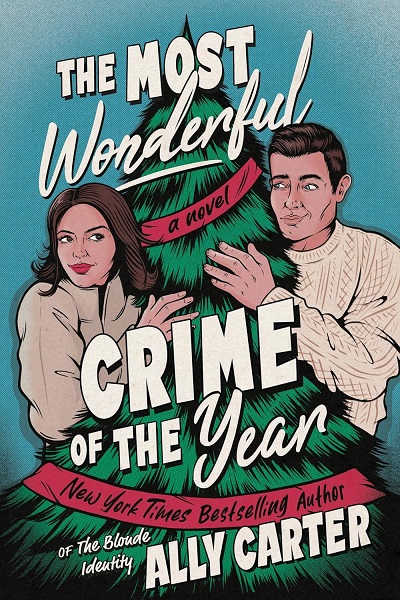
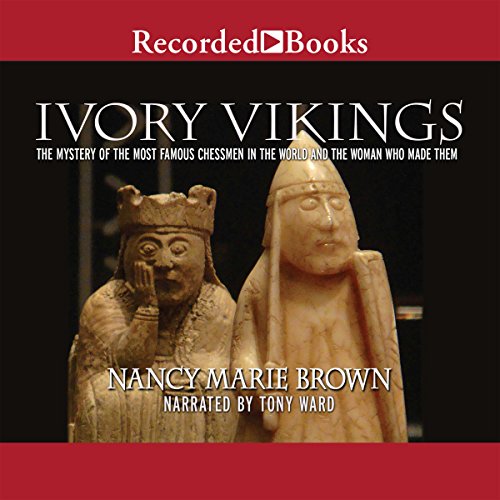
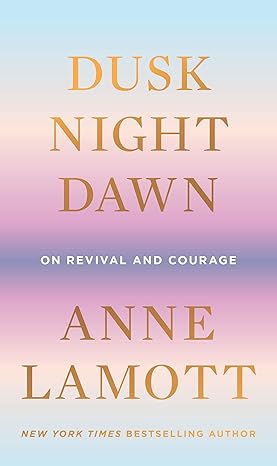
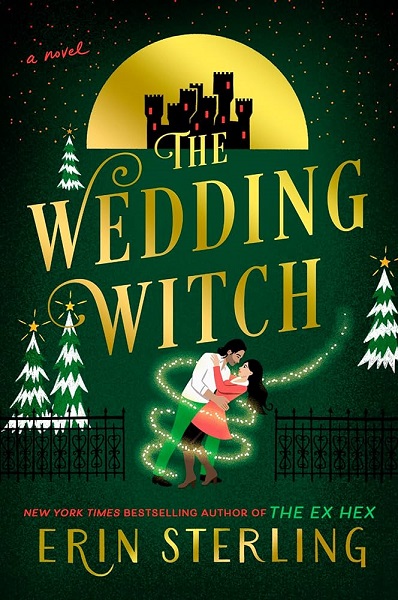

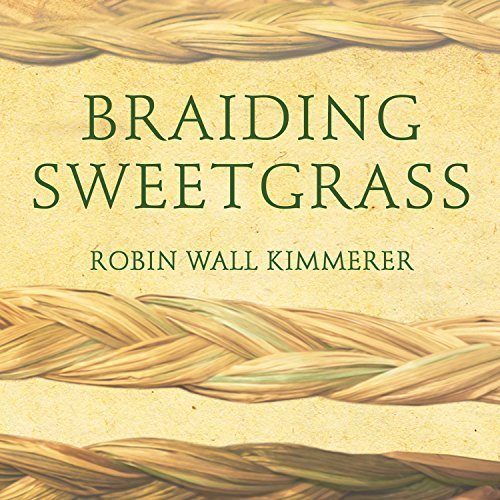
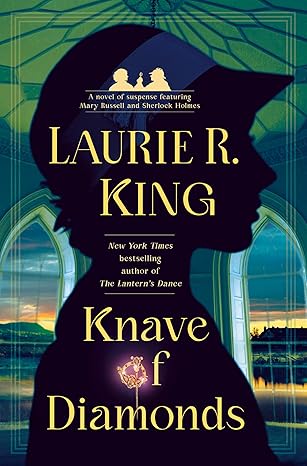
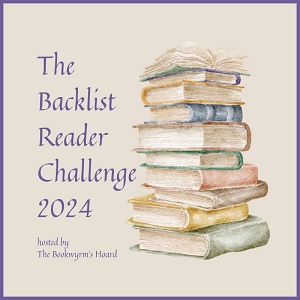
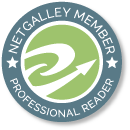

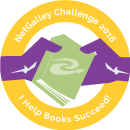
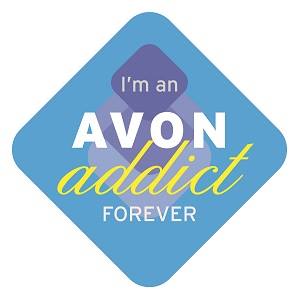

Katherine @ I Wish I Lived in a Library
This is a book I wish I had known about in my early 20s because I think I would have loved it. For some reason I just thought L’Engle had only written Wrinkle in Time and I missed the rest of her books. This sounds lovely, soothing and inspirational all at once. I need to find a copy.
Katherine @ I Wish I Lived in a Library recently posted…Top Ten Tuesday – Ten Signs You Might Be Nancy Drew
Lark_Bookwyrm
If you loved A Wrinkle in Time, I’d start with the next two books in that series: A Wind in the Door and A Swiftly Tilting Planet. I do love her Crosswicks Journals books, but they’re best if you’re reasonably familiar with at least some of her other books. (Not that I’ve read all her other books, but I’m slowly working on it.)